 The Music of the Spheres
The Music of the Spheres

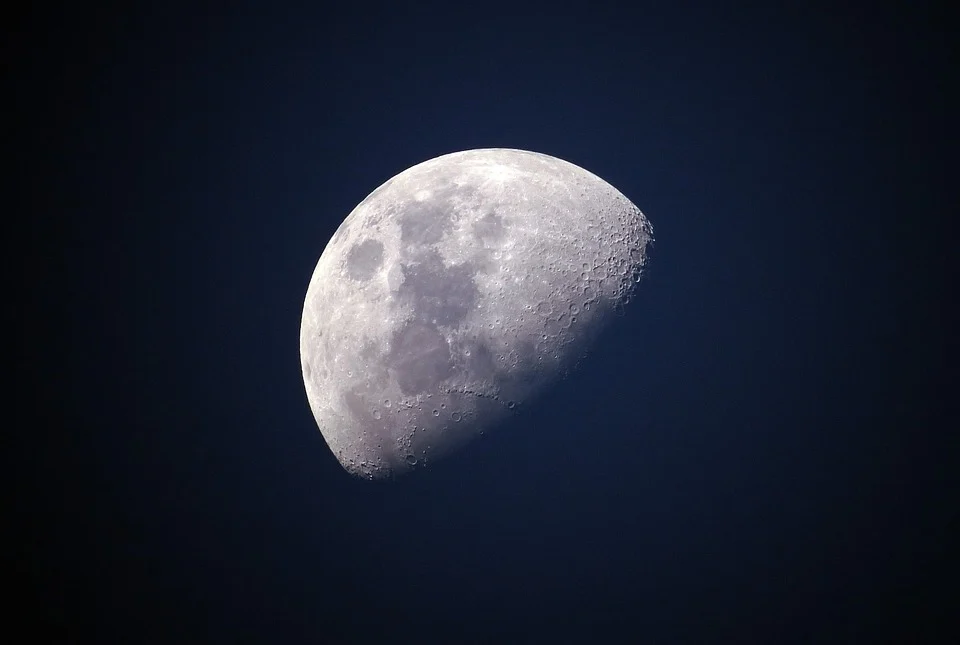



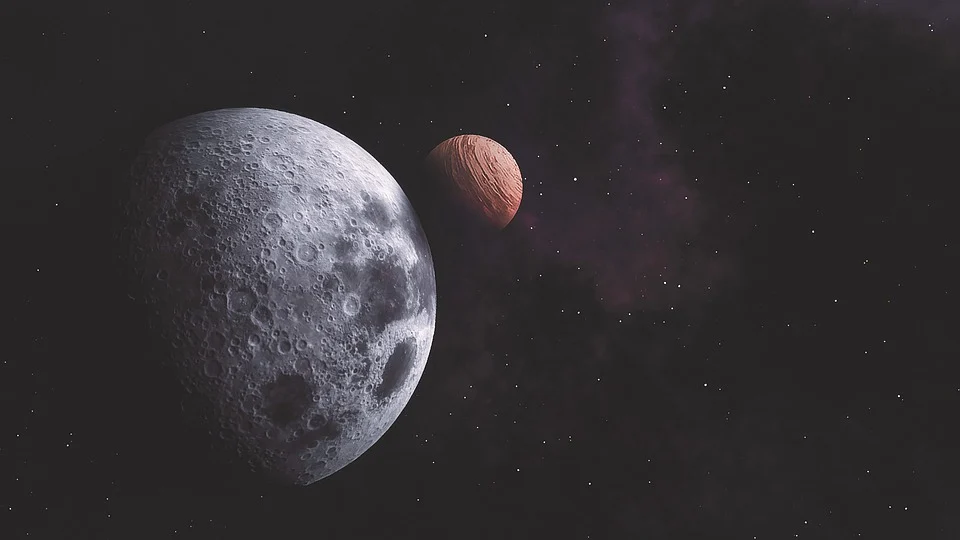
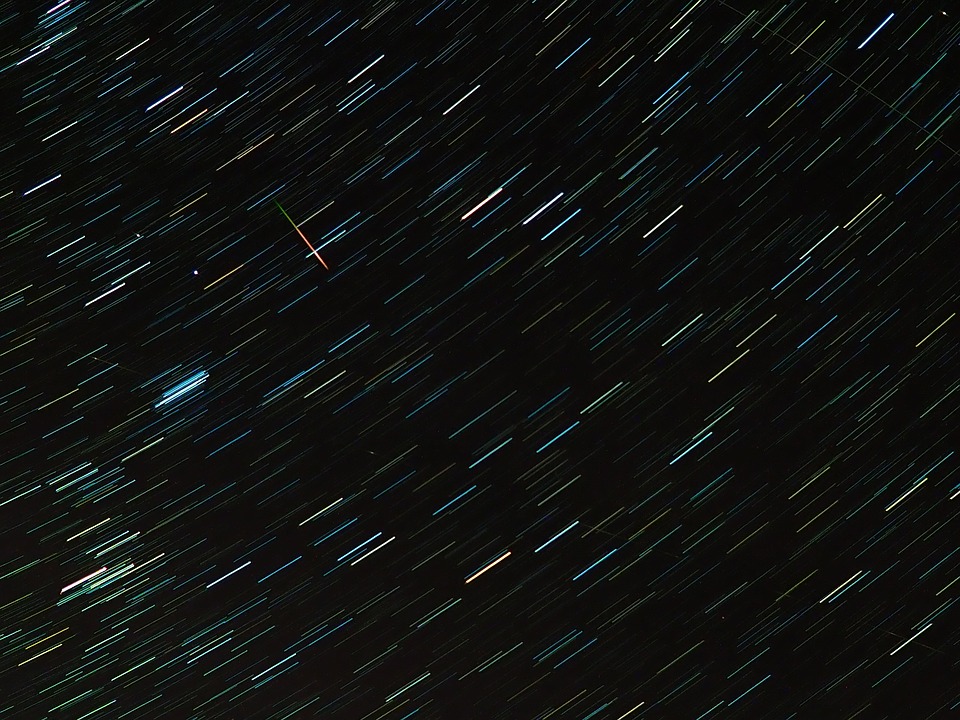
Listen to space with the Music of the Spheres.
The name alone makes one dream. In « Le Dernier Temps », Officer Hammer, the « golden ear » of space noises, evokes this music. Readers, music, astronomy and mystery enthusiasts, open your eyes and ears… a few words to take you on a journey…
A little history
In Antiquity, there was no separation between arts and sciences. Music, astronomy, mathematics, optics, sculpture and philosophy all came together to help understand the world. And the world was harmony, perfection.

In this logic, the known planets (Sun, Moon, Mercury, Venus, Mars, Saturn and Jupiter) were perfect spheres revolving harmoniously and regularly around the Earth, all evolving in a closed world. 7 planets, at the time, … and 7 musical notes!
< Armillary sphere used to model the celestial sphere
Pythagoras (yes, yes, you’re not fooled, the one with the theorem!) imagined that the distances between the planets were distributed according to musical proportions corresponding to musical intervals. Moreover, each planet emitted a note and a continuous sound. All these sounds produced a harmony; the cosmos was a musical scale. According to Plato, we, poor humans were affected by these celestial sounds, inaudible to our ears.
Doesn’t that remind you of anything? Vague memories of senior class of philosophy, Mmm? Or did you play hooky from school? It’s the myth of the cave versus the myth of music: men only hear and play the pale reflection of celestial harmony.
Such a beautiful idea could not but cross the centuries. In the Middle Ages and during the Renaissance, artists, writers and scientists all seized upon it.
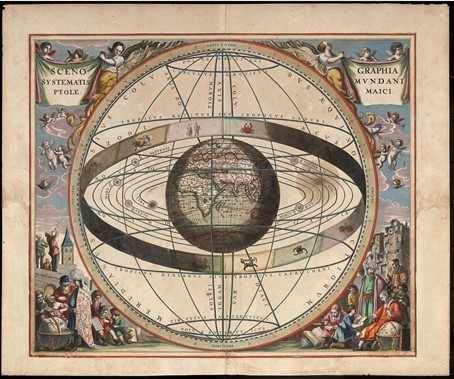
In 1619, Kepler based celestial music not on the distances between the planets, but on the speed of the planets.
Well, not everyone agreed. Spinoza strongly criticised this idea: « Man’s folly has reached the point of believing that Harmony is also God ».
Artistic representation of the geocentric model after Ptolemy, Scenographia systematis mvndani Ptolemaici, by Johannes van Loon (1611-1686) >
Nowadays
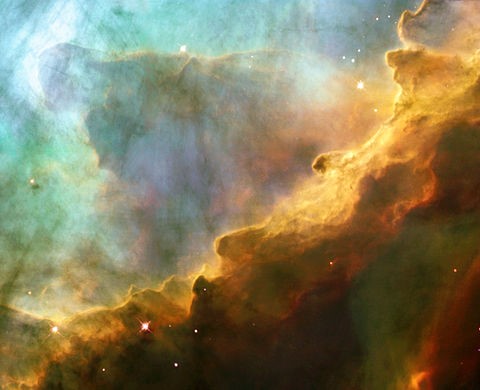
As the years went by, our ability to hear the ‘sounds’ of the universe increased, discoveries multiplied… And one day, our astronomers discovered that the sun and the stars behave like musical instruments. But let’s leave it to the astrophysicist Sylvie VAUCLAIR who explains it to us in a… luminous way!
Nebula M17: photograph taken by the Hubble telescope. NASA, ESA and J. Hester (ASU) >
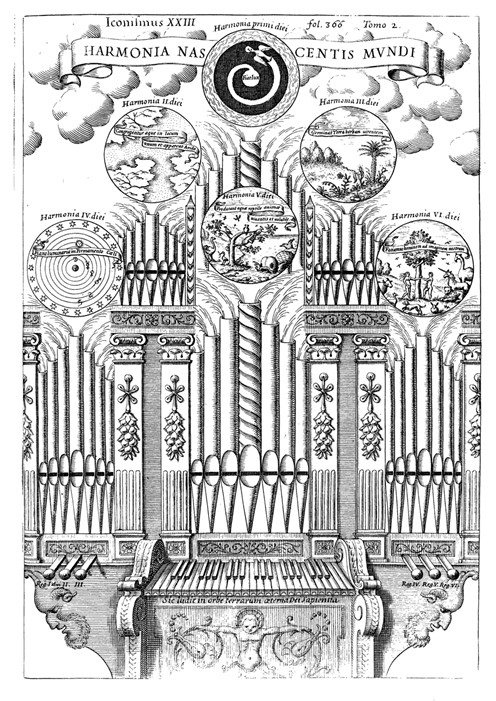
Well, we agree. The stars don’t make music; in the same way that a guitar or a violin doesn’t make music. It is the musician who composes, who interprets… with the help of instruments.
< The Birth of the World, in Musurgia Universalis, Athanasius Kircher, 1650
Stars are large spheres of gas that emit vibrations of several kinds… and in particular sound waves that propagate inside these spheres. This is resonance that occurs; like the resonance box of a musical instrument, such as a violin or guitar case.
These instruments are made up of several parts: the strings that vibrate; something that makes these strings vibrate (the bow for the violin, the hand for the guitar); and the box, which amplifies the sound. But not only that, because it is also about giving it a timbre.
The « timbre » is the instrument’s own « identity », its unique « sound ». For the sound of a traditional musical instrument that we hear is never pure.

We know the difference between the « LA » of a violin and a guitar, because it’s not the same timbre. Many things come into play, such as the bow. But the most important thing is the resonance box which allows certain sounds to come out and not others. In short, this box produces harmonics at certain frequencies and with a certain intensity. And these harmonics are not the same for all instruments. All this produces timbre.
But stars behave like large resonance boxes. Waves propagate inside them and resonate at certain frequencies. We know that all stars resonate and that each one has its own signature, its own particular timbre. However, there are major differences between the sounds of stars and the sounds of a musical instrument. For example, the interior of stars is composed of gas. Also, a star is not a sphere; in the sun there are protuberances, for example. But one of the major differences is that the sun is not in a box; there is no wall. But a star doesn’t need a box. Because a star is self-gravitating, it stands on itself, thanks to its own weight.
A second difference is that the stars are huge. The sun has a radius of 700,000 km and its « sound » (3/1000th of a hertz) is much too low for the human ear. In fact, our ear is capable of hearing between 20 and 30 hertz for the lowest frequencies and about 30,000 hertz for the highest.

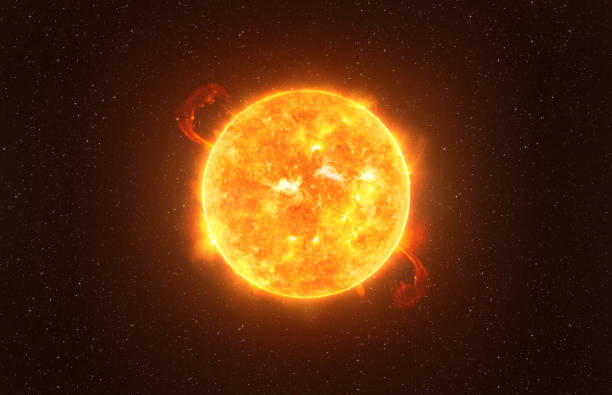
The smaller the instruments, the higher the sounds. The bigger the instruments, the lower the sound… So the sound of a huge star is extremely low, in infra-sound…
Third difference: the environment of the stars. When we play music, we hear the music because there is air between the instrument and us. This air is essential because sound waves need a material support to propagate, unlike light waves which propagate in a vacuum.
Air is an excellent material support.
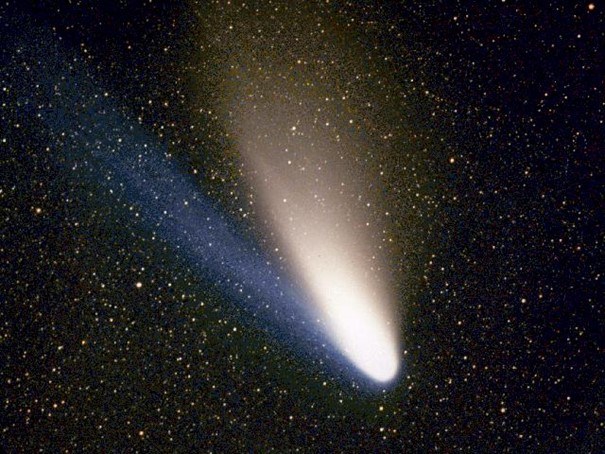
Between the stars themselves, on the one hand, and between the stars and us, on the other hand, there is a little matter, the nebulae. But these nebulae pale in comparison to the immense void between the stars. There are millions of times more empty space in terms of density of matter than we have on the earth — what a dizzying infinity! –. So sound cannot propagate; consequently, we cannot hear it.
< Comet Hale-Bopp, March 11, 1997. By Geoff Chester
But we now have techniques that allow us to highlight these vibrations.
Basically, astronomers are like a deaf person who sees a musician playing a drum. A deaf person will only see the membrane vibrating or not; he will only know if there is a sound… or not. An astronomer will be able to find the frequencies of the vibrations of the drum and break them down into all the frequencies that make up these harmonics.
An astronomer does this for the stars.
And the musician records these sounds, arranges them, reproduces them on instruments… and creates his own score.
By the way, how about a little « Harmonie des Sphères » concert?
Many thanks to the astrophysicist, Sylvie VAUCLAIR, for her pedagogical explanations: : futura-sciences.com
And to Claude Samuel LEVINE for his music from deep space (2nd part of the Conference – Concert).
Listen to the Conference – Concert :

And for Cyprien’s fans: a minute’s relaxation offered by the American NASA, which has managed to make space sound.

